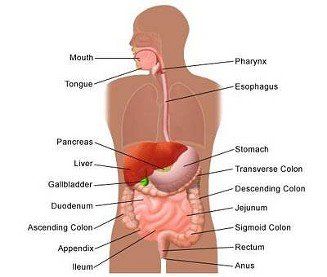
Get the very best in Gastro intestinal treatment
Gastrointestinal endoscopic mucosal resection (EMR) is a procedure to remove cancerous or other abnormal tissues (lesions) from the digestive tract.
Endoscopic mucosal resection (EMR) is a specialized endoscopic technique and is done with a long, narrow tube equipped with a light, video camera and other instruments. During EMR of the upper digestive tract, the endoscope is passed down your throat to reach an abnormality in your esophagus, stomach or upper part of the small intestine.
EMR is also used to collect tissues for diagnosis. If cancer is present, EMR can help determine if the cancer has invaded tissues beneath the digestive tract lining.
Why is EMR done?
Endoscopic mucosal resection has become an important and less invasive alternative to surgery for the treatment to surgery for removing abnormal tissues from the lining of the digestive tract. These tissues may be:
- Early-stage cancer
- Precancerous lesions which may become cancerous

Frequently asked questions:
Q. Is there any risk in the procedure ?
A. Risks of the endoscopic mucosal resection include:
- Bleeding This most common complication can be corrected during procedure.
- Puncture (perforation) there is a slight risk of a puncture through the wall of the digestive tract. It depends on size and location of the removed lesion.
- Narrowing of the esophagus removing a lesion that encircles the esophagus has some risk of scarring that narrows the esophagus. This condition may lead to difficulty in swallowing and requires further treatment.
Q. What Preparation is Required Before EMR?
A. The patient will be asked not to eat or drink anything after midnight the night before the procedure. If the procedure involves the colon, you'll likely use a liquid laxative or an over-the-counter enema kit to empty your bowels and clean your colon. If the patient has a daily medication in the form of a pill, he/she may take it with sips of water the morning of the EMR.
Q. What to expect during the procedure?
A. The morning of the procedure, you cannot have anything to eat or drink, and you should go to your appointment dressed in loose, two-piece clothing. First the sensors will be applied to your abdomen with adhesive pads and connected to the data recorder – the belt you will wear around your waist. Then you will swallow the pill cam capsule with a cup of water.
Q. What happens during the procedure?
A. Under the care of an anesthesiologist, the patient will receive either deep sedation or general anesthesia. During EMR a thin, flexible tube (endoscope) is inserted through the mouth and into the esophagus, the pathway that connects the mouth to the stomach. The tip of the flexible endoscope has a lens and a light source, which allow images to be sent to a monitor for close inspection of the lining of the upper gastrointestinal tract. The gastroenterologist can suction small nodules or growths and trap them in a small, rubber band. This tissue is then removed using an instrument that cuts the tissue. The procedure typically takes 25 to 35 minutes.
Q. What to expect after type procedure ?
A. Patient will likely have a follow-up appointment with the gastroenterologist to discuss the outcome of the procedure. Typically, a follow-up exam is performed three to 12 months after your procedure to be sure the entire lesion was removed. The doctor will advise the patient about further examinations depending on the findings.
Apply the technology of endoscopy for a healthier and more fulfilling life.
Our team of gastroenterology specialists will ensure you feel safe and comfortable throughout the endoscopy test.
Take the first step in lowering your risk of pre-cancerous and cancerous conditions by setting up an appointment with our clinic.
Hemet
951-929-1177
Murrieta
951-672-7885
Sun City
951-304-3900
